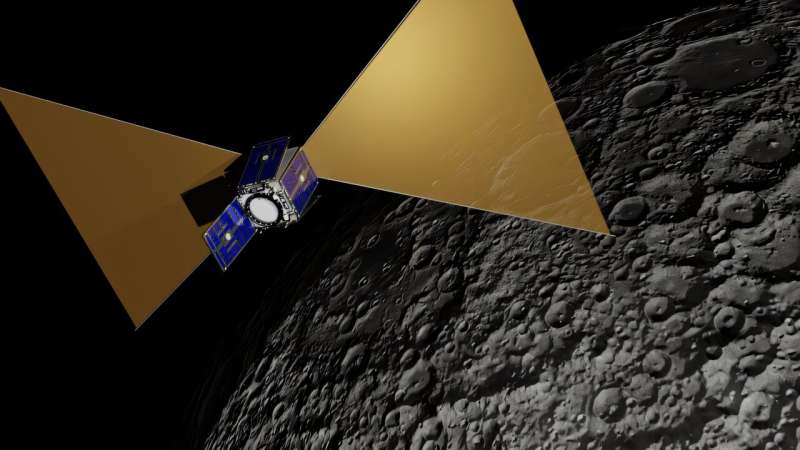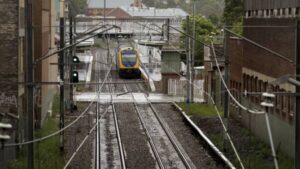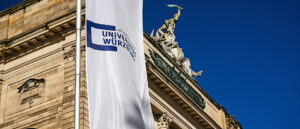
Astronomers are launching an ambitious mission to explore the universe’s early history by sending a miniature spacecraft to the far side of the moon. The proposed project, known as CosmoCube, aims to detect faint radio signals from the “Dark Ages” of the cosmos, a period that followed the Big Bang and precedes the formation of stars and galaxies. The announcement was made during the Royal Astronomical Society’s National Astronomy Meeting on July 8, 2025, in Durham.
The mission is designed to overcome significant challenges associated with Earth-based observations. According to Dr. Eloy de Lera Acedo, head of Cavendish Radio Astronomy and Cosmology at the University of Cambridge, detecting ancient signals from billions of years ago is akin to “trying to hear that whisper while a loud concert is playing next door.” Earth’s atmosphere and electronic devices create substantial radio noise, which hampers the ability to collect the faint signals needed to study the early universe.
By positioning the CosmoCube satellite on the moon’s far side, researchers aim to create a “quiet” environment shielded from terrestrial interference. This strategic location will allow the spacecraft to listen for signals emitted by hydrogen, the universe’s most abundant element, which could provide insights into the formation of cosmic structures. “By doing this, CosmoCube aims to help us better understand how our universe transformed from a simple, dark state to the complex, light-filled cosmos we see today,” de Lera Acedo explained.
CosmoCube will feature a precision-calibrated, low-power radio radiometer operating from a low-cost satellite platform in lunar orbit. The instrument is designed to work at low frequencies between 10–100 MHz to detect extremely faint signals amidst background noise. The mission is expected to help address the Hubble tension, which refers to the discrepancies in the universe’s measured expansion rate, as well as provide new insights into dark matter interactions and the physics of the early universe.
The study of the “Dark Ages” represents one of the last unexplored frontiers in observational cosmology. This pre-stellar epoch offers a unique perspective on the formation of structures, the properties of dark matter, and the early evolution of the cosmos. As noted by fellow researcher Professor David Bacon from the University of Portsmouth, “It’s incredible how far these radio waves have traveled, now arriving with news of the universe’s history. The next step is to go to the quieter side of the moon to hear that news.”
The CosmoCube project is supported by the U.K. Space Agency under its Science Bilateral Program. It is being developed by an international consortium led by U.K. researchers from the University of Cambridge, University of Portsmouth, and STFC RAL Space. With instrument development progressing well, including functioning lab prototypes and environmental testing, the team plans a roadmap aimed at launching the satellite within the next four to five years, with aspirations to reach lunar orbit before the end of the decade.
As scientists continue to unravel the mysteries of the universe, the CosmoCube mission stands poised to contribute significantly to our understanding of cosmic history, potentially reshaping theories about the formation of galaxies and the nature of dark matter.







